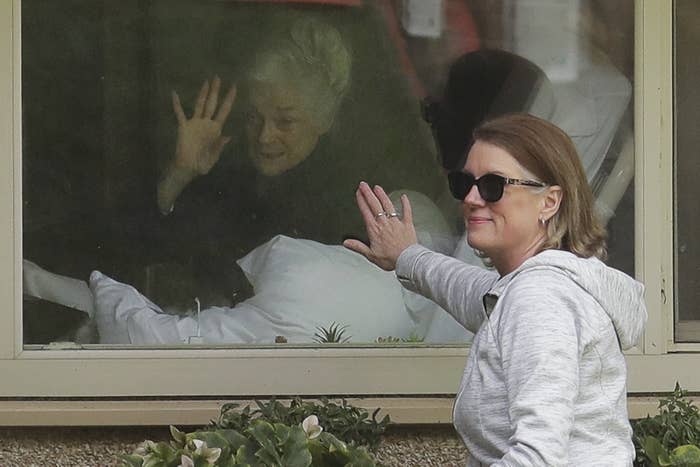
The World Health Organization on Wednesday officially declared the coronavirus outbreak a global pandemic, meaning the deadly virus is spreading outside containment measures in multiple countries around the world.
"Pandemic is not a word to be used lightly," WHO Director-General Tedros Adhanom Ghebreyesus told reporters.
"All countries can still change the course of this pandemic,” he added.
One of the biggest measures public health officials have urged countries to adopt in order to change that course and halt the spread of the virus is called social distancing — a somewhat opaque term that is suddenly popping up everywhere in news stories.
So, what does social distancing mean, exactly?
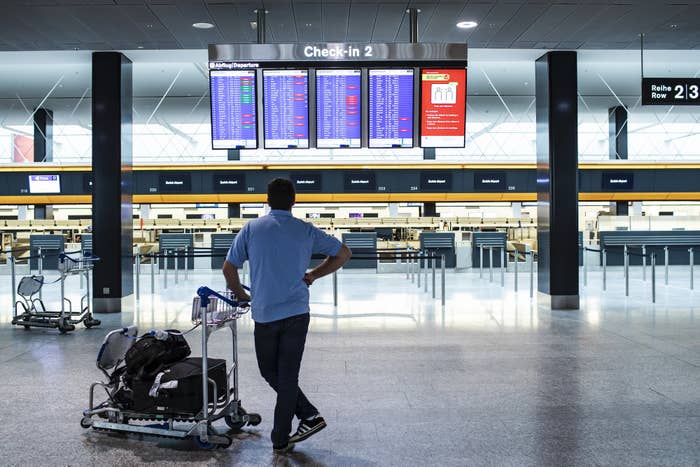
Put simply, social distancing involves staying away from other people in order to avoid catching or spreading a virus. It’s a fancy term for avoiding crowds. That could mean working from home rather than catching a train to the office, avoiding concerts or weddings, or skipping that half marathon you’ve been training for.
“Social distancing involves minimizing exposure to infected individuals by avoiding large public gathering venues, adhering to spacing requirements in the workplace, and following proper personal hygiene practices,” advises the University of Chicago’s Emergency Management Program.
“For an individual, it refers to maintaining enough distance between yourself and another person to reduce the risk of breathing in droplets that are produced when an infected person coughs or sneezes,” according to Harvard Medical School. “In a community, social distancing measures may include limiting or cancelling large gatherings of people.”
This is the reason why so many concerts, festivals, and international events are suddenly being canceled or postponed, and why schools are being shut down. Even a conference on coronavirus itself has been scrapped.
There’s a lot we still don’t know about the coronavirus outbreak. Our newsletter Outbreak Today will do its best to put everything we do know in one place — you can sign up here. Do you have questions you want answered? You can always get in touch. And if you're someone who is seeing the impact of this firsthand, we’d also love to hear from you (you can reach out to us via one of our tip line channels).
Remember, this isn’t just about stopping you from catching the coronavirus. You may feel completely normal and be asymptomatic, but actually be carrying the COVID-19 virus and spreading it without realizing.
As author Max Brooks, who thought a lot about plagues when writing the zombie novel World War Z, said in a column in the New York Times, “The best way to prevent ‘community spread’ is to spread out the community. That means keeping people apart.”
How effective has social distancing been in the past?
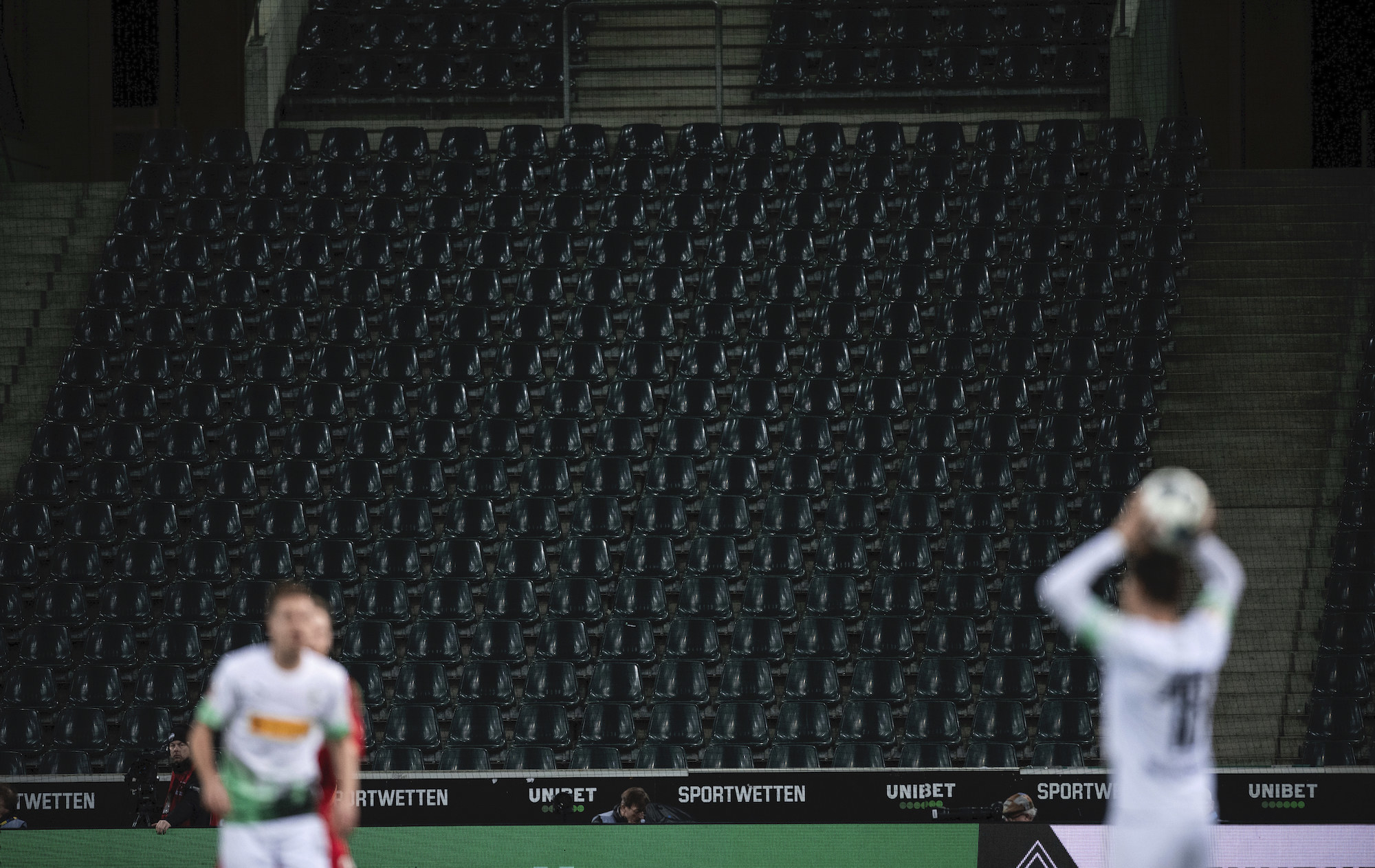
According to a 2011 study of the H1N1 flu outbreak in Mexico in 2009, that country’s decision to close schools for 18 days potentially saved thousands of lives. Unlike this current coronavirus, the H1N1 flu strain hit very young people the hardest.
“In that study, we found around a 35% reduction in the transmission rate associated with the school closure,” the research team leader, Gerardo Chowell with Georgia State University’s School of Public Health, told BuzzFeed News. “Schools were closed. Social gatherings were canceled. Even restaurants were closed. Movie theaters were closed.”
“We believe that gave some time to the Mexican government, to the world also, to prepare for what was coming. The vaccine started to be developed. Everyone started to work on it very quickly.”
“They were not ordered to stay at home but people tended to stay at home,” he added. “For two weeks, they tended to do very little social activity to this pandemic flu because it was not clear what was the severity associated with it.”
As for the current coronavirus outbreak, Chowell called on the CDC and other health officials to release detailed epidemiological data for more scientists to analyze so experts can get a better sense of the virus’s reproduction number, or R0, the number of further cases expected to be infected by one case.
“We can then make decisions that are actually informed with science on whether we should be closing all the schools, canceling all the cultural activities and events or not,” he said.
Seattle’s decision Wednesday to shut public schools for two weeks did not come too late, according to Chowell. Given the large cluster of cases in Seattle, it also doesn’t mean other US cities must immediately follow suit. “The situation in Seattle is very different to what many other cities are experiencing right now,” he said.
What could happen if we don’t enact social distancing?
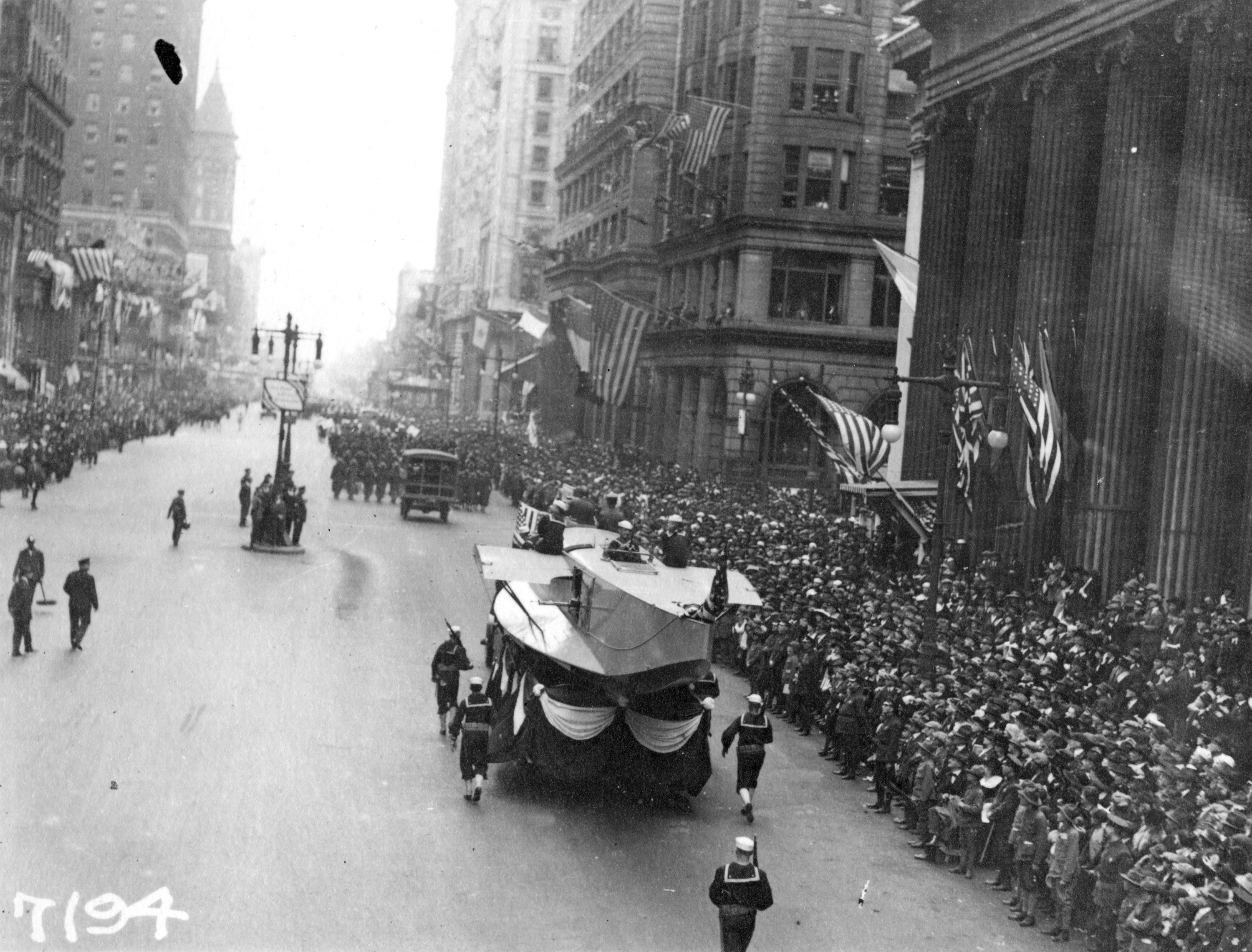
One big example often used for the power of social distancing is from the 1918 flu pandemic, where officials in two cities — Philadelphia and St. Louis — handled the crisis in two starkly different ways.
Philadelphia went ahead with a planned World War I parade on Sept. 28 that year, with 200,000 people cramming city streets. Officials didn’t want locals to panic by canceling the parade, noting that the influenza outbreak was mainly limited to army camps at the time.
But the impact of that many people crowded together passing around a deadly virus was swift.
Within three days, every hospital bed in the city’s 31 hospitals was occupied with a flu patient, according to Smithsonian Magazine. Officials tried to implement social distancing in Philadelphia a week later on Oct. 3, but by then it was too late to stop the spread. By Oct. 12, 4,500 people in the city had died.
In contrast, St. Louis implemented social distancing strategies right away, closing schools, churches, and theaters. Large stores could only be open at certain hours. The mayor banned public gatherings of more than 20 people.
St Louis ended up with one of the lowest infection rates of any US city, with only 1,703 deaths over the course of the pandemic. Philadelphia suffered the worst, with over 16,000 people dead in six months.
“We found that aggressive early intervention was significantly associated with a lower peak of excess mortality,” wrote researchers in a 2007 paper that used historical data to compare how the two cities used social distancing during the flu epidemic.
So can I go outside? Can I see other people?
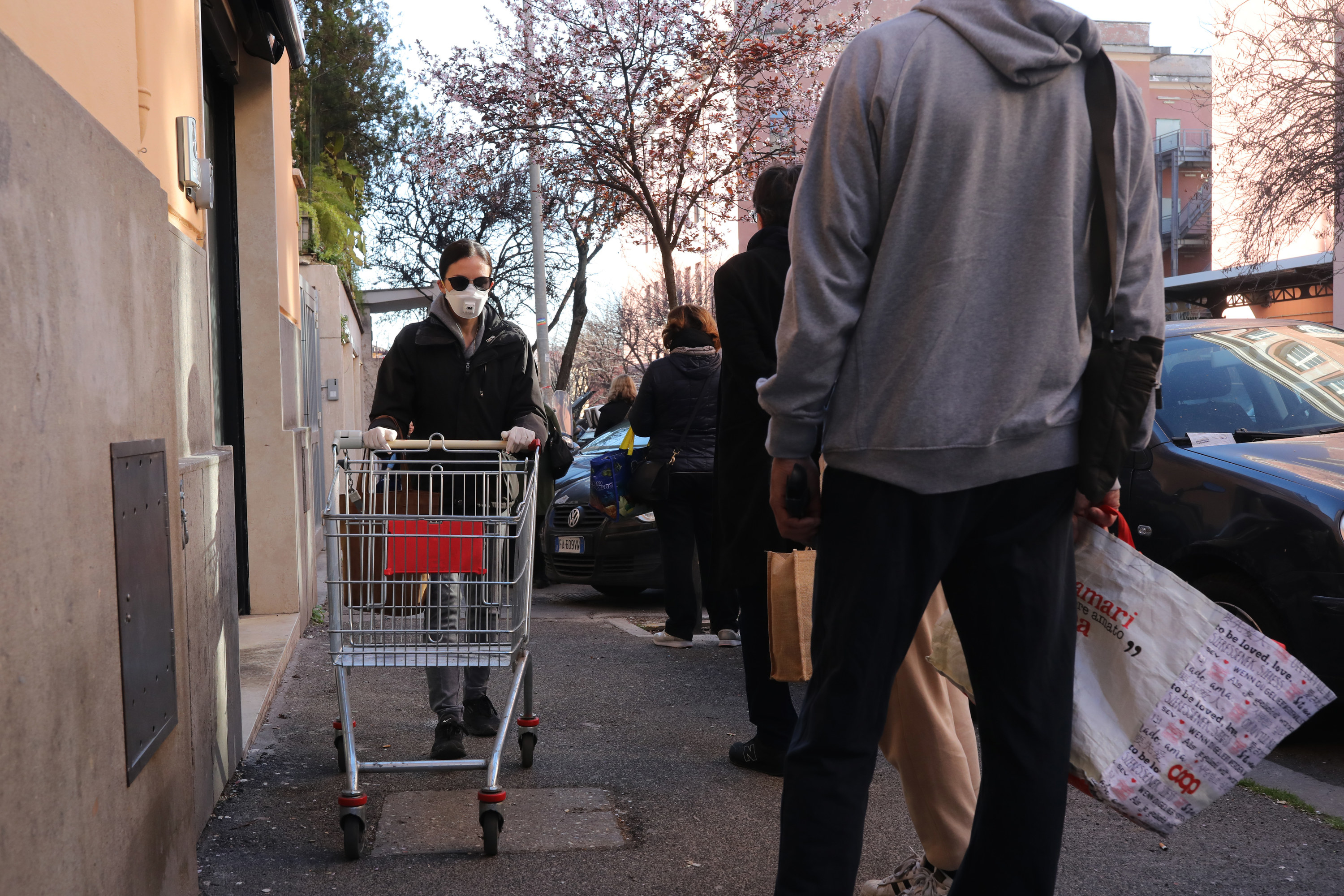
In short, yes — to an extent.
Social distancing doesn’t mean you need to shelter in a bunker for two weeks, but you do need to be smart about the number of people you’re interacting with.
Read: 10 Tips for Preparing to Stay at Home Due to the Coronavirus
“Yes, you can go to the park and walk around,” said Chowell. “As far as I understand, there are no cases of transmission because you were just walking past another infected individual.”
But, he added, “I would be hesitant with letting my daughter play with other kids and mingle too much with other kids in the playground.”
The key, Chowell explained, is interaction with others.
“Most of the infections have actually occurred during social activity, so it requires some relatively intimate connection with individuals,” he said. “A conversation that lasts for a few minutes, for example. Maybe you are sharing the same restroom.”
“It requires a substantial amount of time in an enclosed space to actually infect someone else,” Chowell said.
It’s for this reason that many churches have altered services and many companies have sent people to work from home — and why Chowell himself said he, too, has a new rule.
“I have reviewed the number of meetings that I have, particularly meetings that involve more than two people,” he said, “and I am only conducting those meetings online.”

